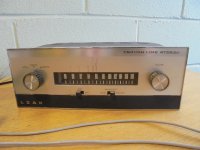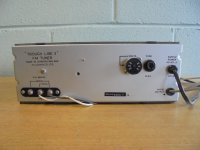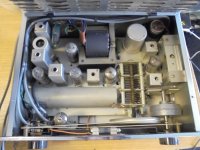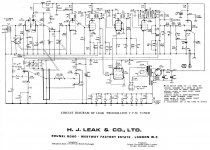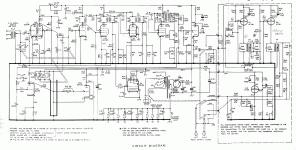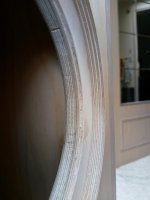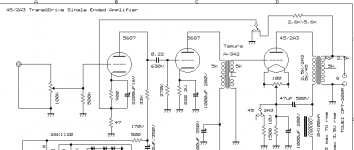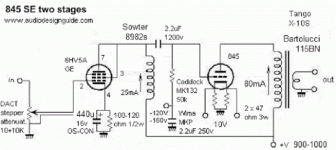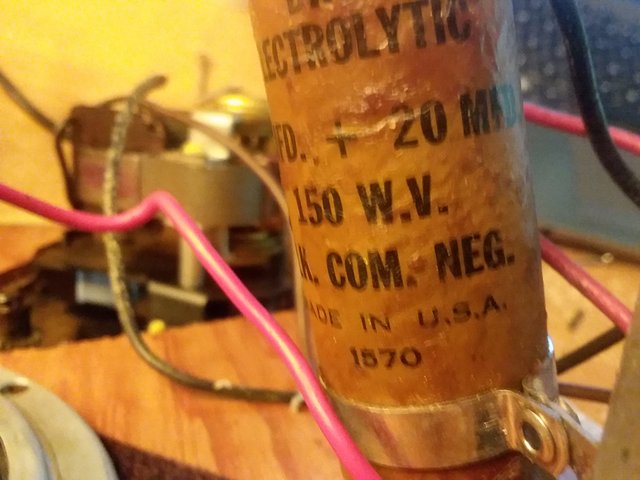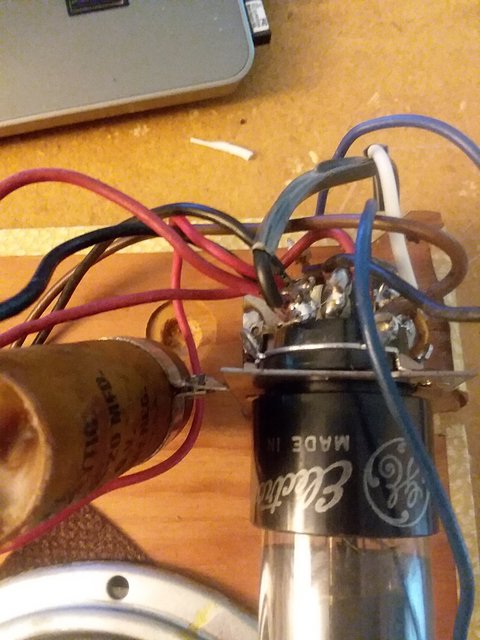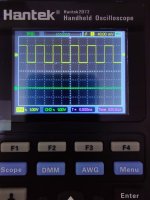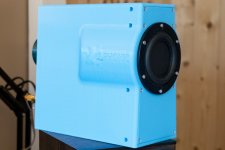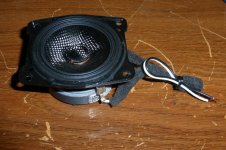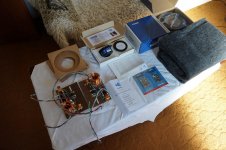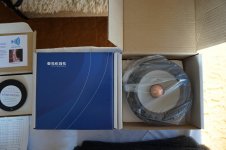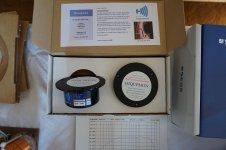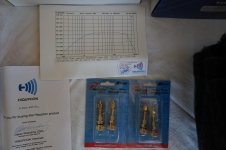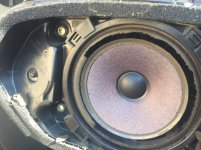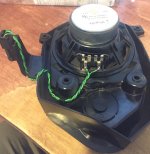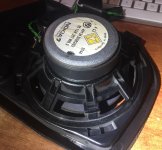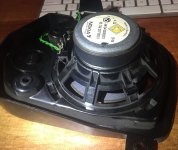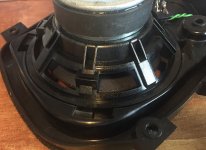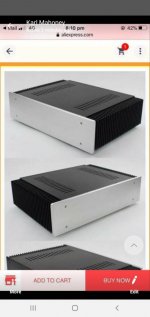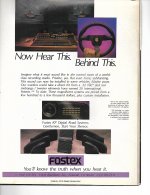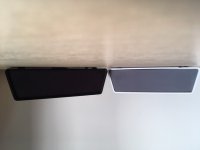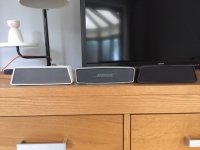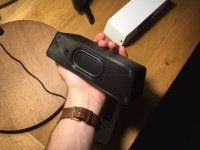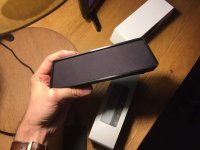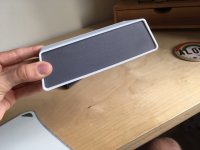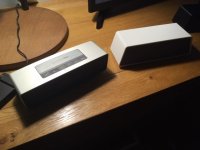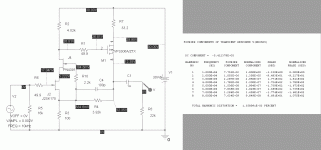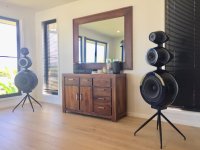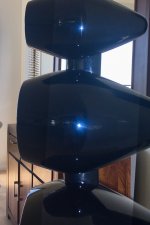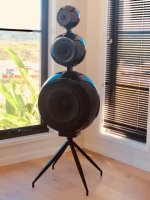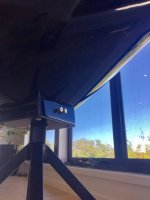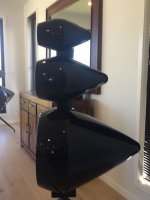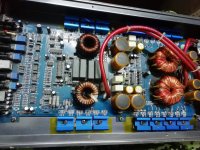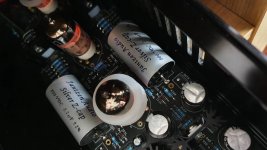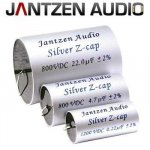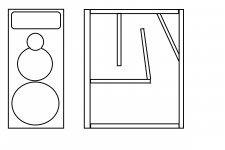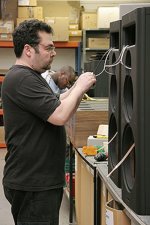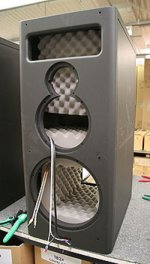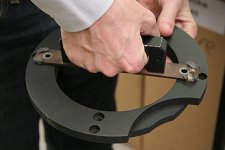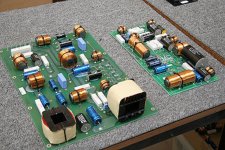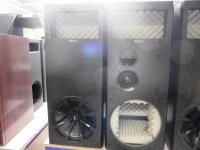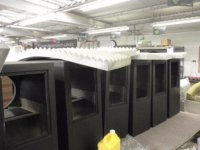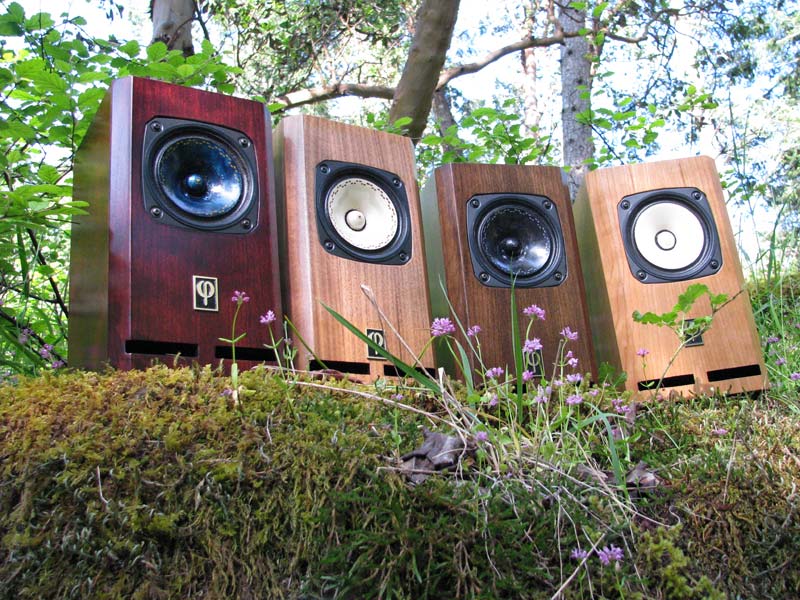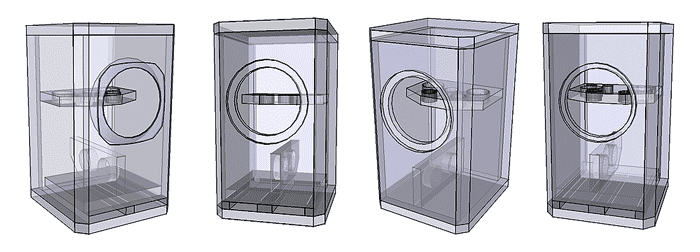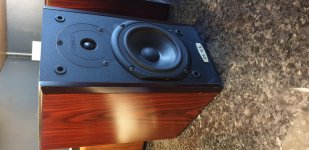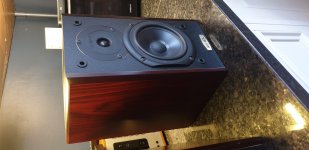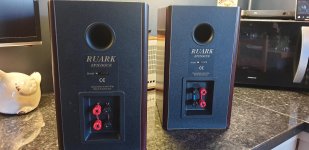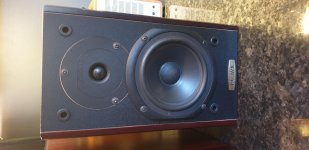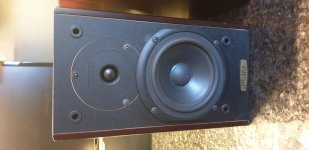The preamble:
Covid has pretty much killed my concert season, which kind of stinks, but at least I can finally work on some purely fun stuff without distraction from PA or recording projects.
What has bubbled to the top of the to-do list is building some more muscular recreational-use subs for the farfield system in my office/studio. It is the top floor of a detached two story building 15 yards behind my house, and about 40 yards from my across-the-street neighbors.
I'm considering an infinite baffle setup, but am a little worried about the potential impact on my neighbors, and my house, for that matter.
My studio has some reasonable attempts at soundproofing (double 5/8" FR sheetrock on resilient channel, fairly limited window count), but it is wood framed, and there was only so much I could/can reasonably do.
So right now, there is audible, but not un-neighborly, leakage from the building when I'm listening at somewhat-dumb levels. What escapes is mostly low frequency.
Building bigger conventional subs presumably wouldn't make things any worse unless/until I listen louder, which is inevitable (it's kind of the point, after all ;0), but not typical.
What I don't want to do, if I build an IB sub, is go backwards, and not be able to listen even at my current levels without bugging everyone in the area.
I have lots of room, plywood, and amp power, but a somewhat pandemically-constrained driver budget. I've pretty much settled on one of two approaches:
[Safe] -- two big low-tuned vented boxes (probably double Dayton UM18-22 in approx 24 cu ft @ 16 Hz) [on sale at the moment, prompting this post].
[Easy] -- two double-18 IB manifolds... (probably 2 FiCar IB318v3 in each), shooting from my second floor studio down into my first-floor shop.
The not totally tongue-in-check question:
Which approach would likely **** off my neighbors the least?
More technically, does anybody have experience with the *net* acoustic effect outside the building when you vent an IB from a listening room into a more-or-less equivalently sized finished space above or below, as compared to getting the same results with a conventional box?
I'm thinking there is a chance that the out-of-phase back wave of an IB setup, venting from the listening room into the first floor room below *might* do two useful things:
(a) somewhat null out the listening room floor's vibrations, which would be nice for me and the room's contents
(b) turn the top and bottom floors' walls into a giant, vertically oriented dipole bass radiator, whose far-field radiation might partially null out at some distance from the building.
I'm also thinking there's a chance I'm wrong, and that the cops will show up while I'm still running the first set of REW sweeps 😱
What do you folks think, in theory, or from experience... any chance that an IB in this configuration would have *less* net SPL some distance away from the building than a similarly-capable sealed or vented box?
My baseline is 4x NHT 1259's (12", 13mm xmax, in 2 sealed 6 cu ft boxes EQd flat to 20 in-room) borrowed from my nearfield monitor setup... sounds great at normal levels, but can't begin to keep up with the mains in the big system. I also need my monitor system back up and running.
Having subs that keep up with my mains will inevitably result in at least occasional bursts of 1AM obnoxion that are about 6-8db louder, in-room, than now.
It would be great if an IB setup was a bit better, relatively, outside the building, than a conventional setup, but really annoying if it were worse.
Any guesses, or better yet, as-built examples ?
